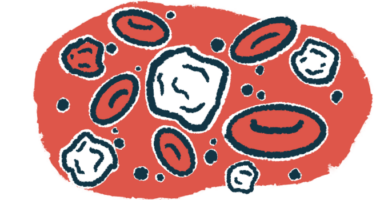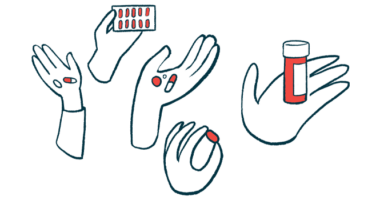
Newly Diagnosed: Treatment Strategies
While LEMS has no cure as of yet, there are approved medications and therapeutic approaches that can help to ease symptoms and improve quality of life. Several non-drug therapies may also be beneficial for LEMS patients. Check out the information below to explore more about therapeutic strategies your doctor may recommend to help manage the disease.
Approved Treatments
No disease-modifying treatments have been approved yet for LEMS, but there are medications that can help treat the symptoms of the disease. These include Firdapse (amifampridine), Ruzurgi (amifampridine, also called 3,4-diaminopyridine or 3,4-DAP), and, less commonly, guanidine.
Cholinesterase Inhibitors
In LEMS, muscles weaken and atrophy as the immune system attacks the nerve cell endings, weakening nerve signals. Cholinesterase inhibitors block the enzyme that breaks down acetylcholine, meaning that a stronger, longer-lasting nerve signal can be sent. They are prescribed off-label for LEMS, with pyridostigmine the most commonly used.
Immunosuppressants
Immunosuppression refers to the suppression of the activity of the immune system, thereby curtailing its ability to fight infection. This can be induced by medications known as immunosuppressants. Immunosuppression can be used in autoimmune diseases such as LEMS to reduce the severity of symptoms.
Non-Drug Therapies
Several non-drug therapies may also help to alleviate symptoms associated with LEMS and improve patients’ quality of life. These include physiotherapy, occupational therapy, and speech therapy.
Other Treatments
Other treatments that can be useful for LEMS patients include IVIG replacement therapy and plasmapheresis. Both procedures are designed to combat the presence of autoantibodies in the blood to ease disease symptoms.






